|
I recently returned from a documentary trip to Haiti. This is an account of just one of my days there... We started in Port-Au-Prince and worked our way north for seven hours, through towns, and villages, mountains, fields and plains, and along some coastlines. We had myself as the cinematographer, the director, Chris on audio, and two local Haitian guides. One of who spoke English and our driver who didn't. The trip began driving through the twists and turns of Port-Au-Prince. I was setup to shoot out a window, capturing shots of people and the life there. Houses were stacked on top of each other and more people then I have ever seen in my life in one place. Each person sitting on the sidewalk selling something unique, sunglasses, bananas, tires, oil. UN trucks and compounds became a familiar sight. People walking everywhere, always walking everywhere you go in the country. After getting out of the city we saw our first view of the countryside. Fields and huts. As the road conditions quickly grew much worse our driver would zig and zag around potholes and pedestrians. One of the villages we came across really blew my mind. Thousands of people all down in a small ditch to our left, all selling various goods. What I assume was rice in some large bags. I honestly thought I was in Africa for a moment. In a small town in a valley our driver pulled over to get some gas. Then our guide wandered away to go buy himself some food. So there the three Americans sat waiting. The director decided to buy a Soda from one of the local children. He gave him $5 as the locals carry no change. This caused quite the panic as each child who was near by insisted they had also helped with the sale and that the $5 was theirs, this bill was passed around for all to examine. The largest child ended up with it till an older lady came around to break up the fuss. Some of the grown men came over to ask for a handout from my director. All the while our two guides were happily using the bathroom for too long or eating across the street. Mind you they couldn't communicate to us what they were doing, and made no attempt to. After several minutes they returned and we tracked on again. We made our way into the mountains, and found hundreds of school children all walking home from school. All in their perfect informs, each with their own school colors. Some would wave, but most would stare. I don't think many kids in this part of Haiti had seen a white person before. Upon reaching the summit we were greeted with the view of our destination, the Citadel. Far in the distance this massive fortification stood waiting. Our guide pointed to it and said in a very broken English "3 hour". So down the mountain we drove, through more small villages. Each with the same barbershop and stall sized bank. We came into Haiti's second largest city, Cap-Haitian. This is a city along the northern coast of Haiti. Ive never in my life seen such an abuse upon Mother Nature. Trash and sewage all along the beach. What could have been a beautiful resort town was now doomed by a city of industry that had surrounded her. It's hard to describe the smell, but it lies somewhere between burning rubber and sewage but it's not either of those directly. After leaving the Cap we drove through more fields. Finally coming to a small town at the base of a mountain. This town was immediately different. The streets were paved with cobblestone. I knew we had arrived, well almost. Our driver spoke with the locals who introduced us to a guide. The guide hopped on the back of a motorcycle and we followed him up the hill. Twist and turn in a 4x4 on hundreds of year old streets that see very little tire tread. We reached the top, it was a parking lot of sorts, and out of every direction appear people with trinkets, and horses. I'm greeted with "hallo my name is Marcie and I will wait to sell you this mask when you return", "hello my name is George and your horse is named kiki". They were all very friendly and as it turns out the only way to get to the citadel is to walk or ride a horse up. I threw my camera pack on and hopped on a horse. I've shot enough westerns, I should be fine. Up the hill we went. Three Haitians to every horse, and each horse to someone in our group. On the ride up through the jungle on horseback was something very unexpected and quite amazing. Riding on a hidden path to a castle 3000' above sea level. When we reached the top and at the base of the castle I dismounted the horse. Now I've ridden horses before, I've gotten on and off. I've filmed around plenty of them. What I've not ever done is use a pile of giant cannons as a step stool, and which is exactly what we did. This fort was complete with cannons and massive piles of canon balls. I quickly set up my camera, and we explored the Citadel with our guide for an hour till just before it got dark out. It was only us and our guides. No other people at this historic location. From the top of the rotunda we could see the bay in which Christopher Columbus first landed upon. After capturing all the footage we needed, and getting an amazing history lesson we left the castle walls. Now it was time to pay the guides. One thing about the Haitians is that you can never give them enough, they always ask for more. It becomes a constant conversation where they ask for tip upon tip. We paid them, some content, other not, and left back down the hill. Our driver and guide decided that a better way back, rather then through Cap-Haitian was a back country road. The sun had set and it was spark when we finally reached the village at the base of the mountain. The road they chose took us four hours to traverses. Thousands of potholes to avoid, and three rivers to cross. But we made it. If you've ever been 4x4 driving for four hours you'll know how your back feels after that. Very sore. After a bit of a slowdown we finally got back onto a paved road. We began to make great timing "screeeeeech". Our driver didn't see that speed bump. Sent everyone into the roof of the car, I think my head is still a little bruised. He took every speed bump at a snails pace after that. About 30 minutes after, while driving back our car came to a sudden but slow stop. The car stopped working, it stopped working in the middle of the night in the middle of Haiti. This isn't good. Our driver got out, looked at the engine and assessed the situation. He tested the battery, still working. Tested the power connection to the engine, still working. Tested the fuel pump, not working, there was a clog. Our driver disconnected the fuel line from the pump and started to suck the diesel out of the line, and spit it out all over the engine. He did this several times to dislodge the clog. Chris brought him a water. Our driver reconnected the fuel line and manually pumped the fuel in with a button on the pump. He pumped for a couple of minutes, tested out the car and it worked again. We were off. This was a 3 for 3 with cars having issues for Chris and I in Haiti. The other being a fender bender and a flat tire. After that we drove back to our hotel. Tired after a 16 hour road trip across back country and face dirty with dust and smog. All of the restaurants were closed, our snacks eaten. We went to bed hungry, and after everything I saw and experienced today, that's ok. It's just another way to help me understand what these people are going through. EDIT 2/6/17 Indiegogo video we shot in Haiti just came out. So far the campaign seems to be doing fairly well. www.1804movie.com. |
AuthorWill Turner is Cinematographer working in Los Angeles. Archives
June 2019
Categories
|
© WILL TURNER 2022


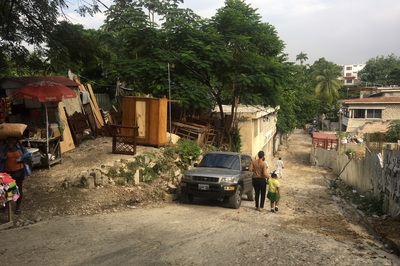

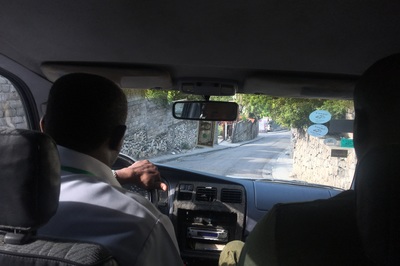
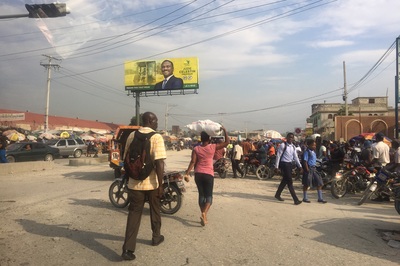

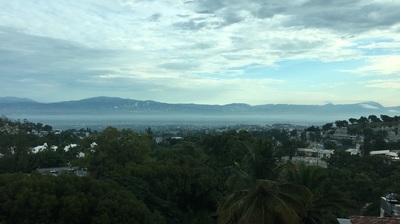
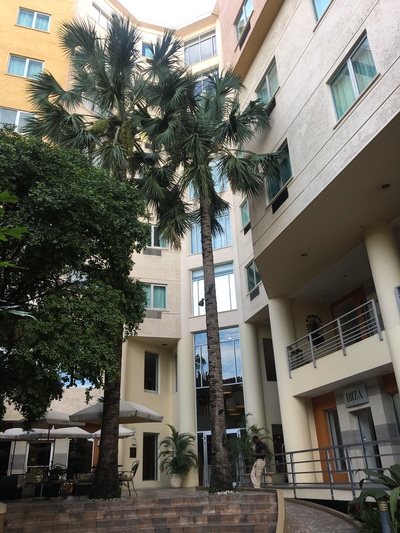

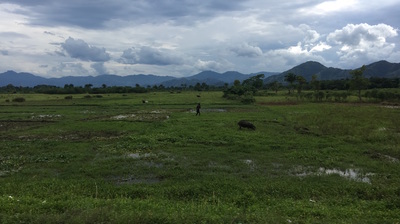


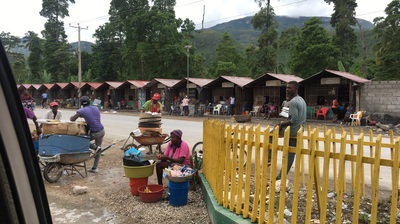
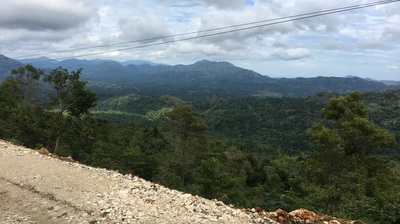

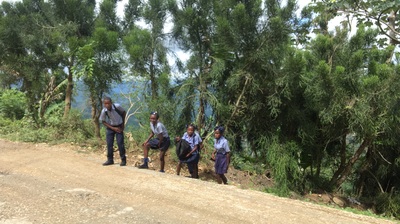
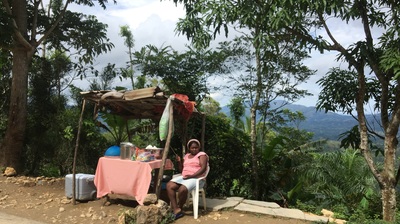

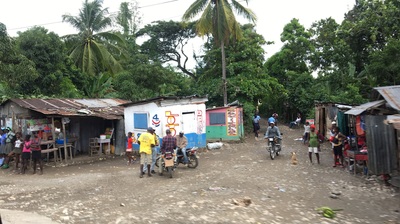
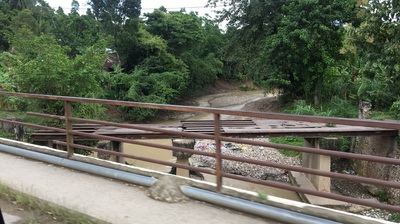



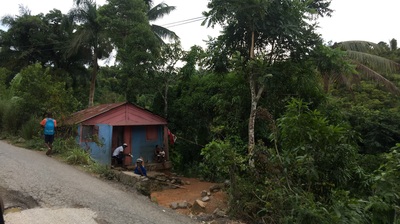

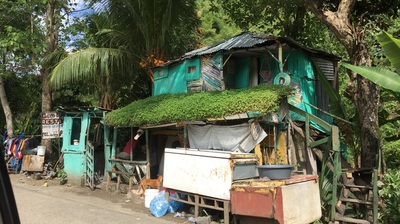


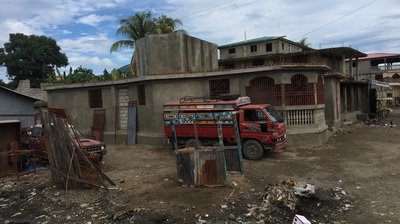


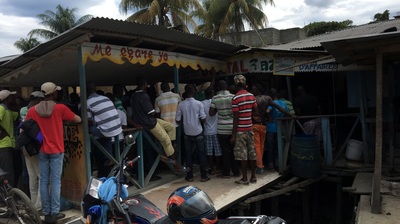


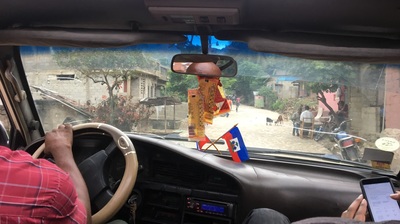
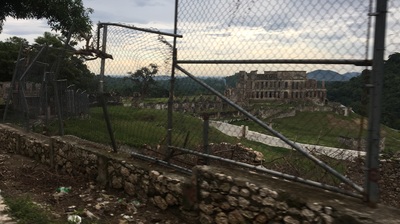
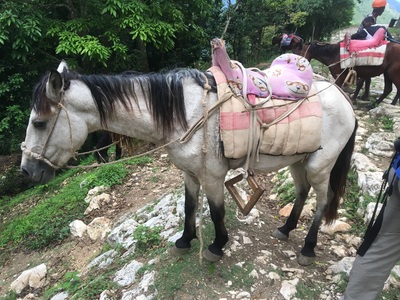
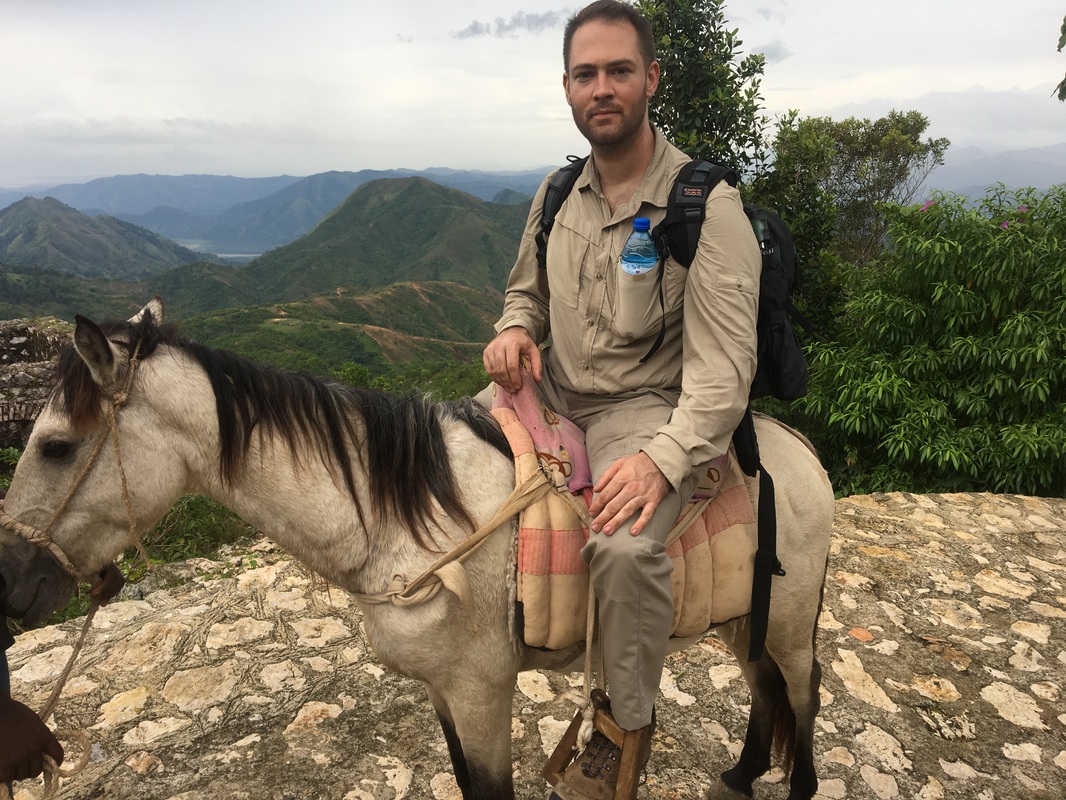
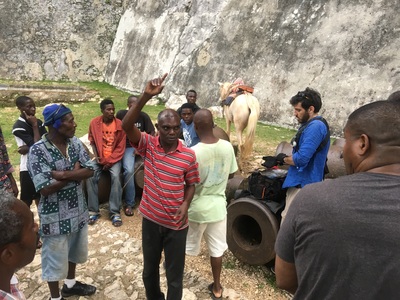
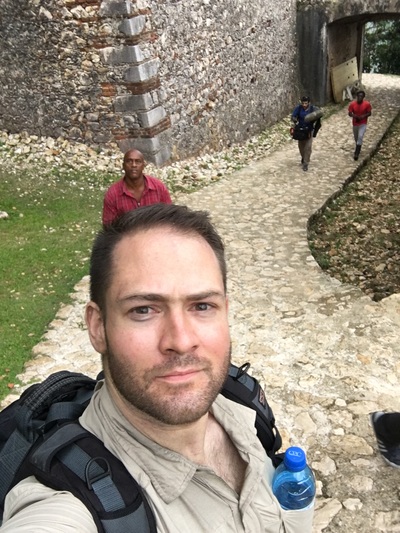


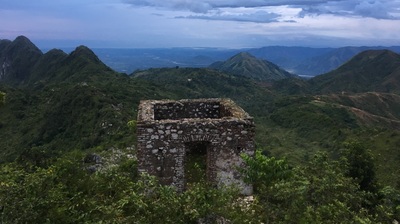



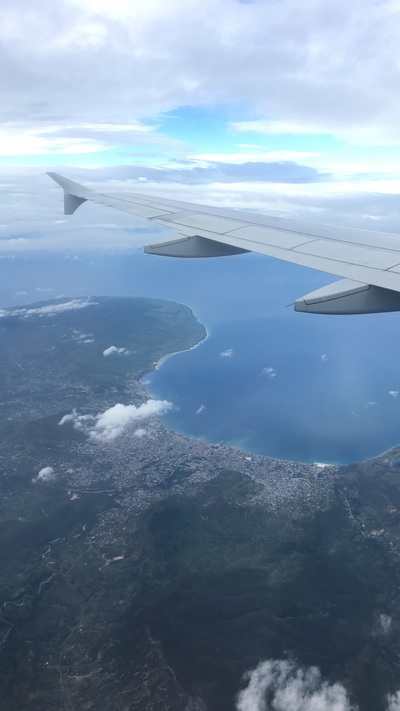
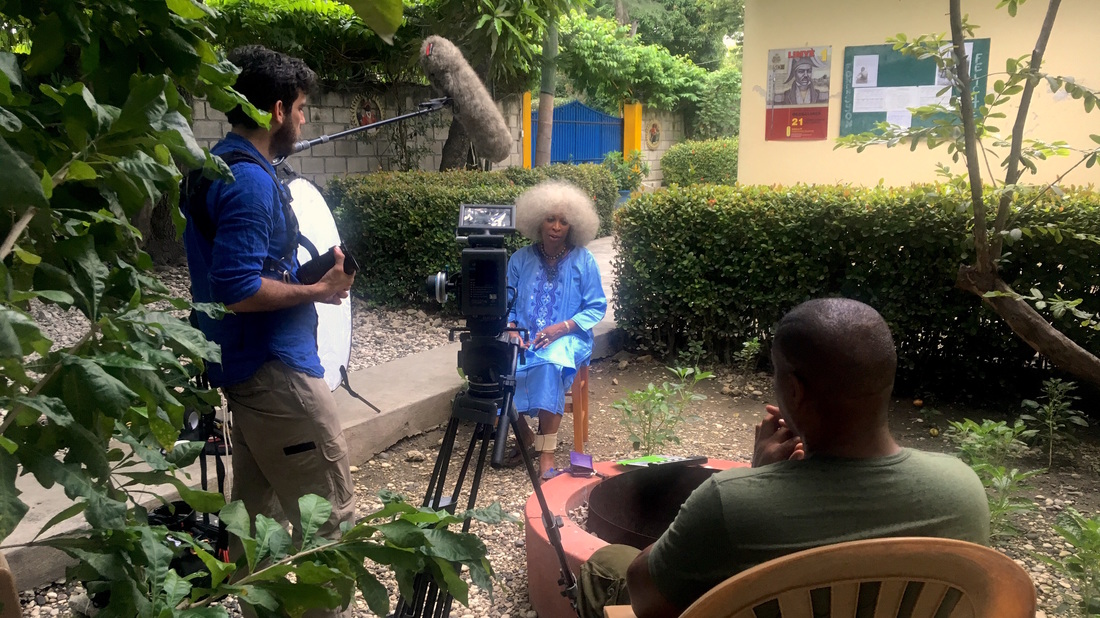
 RSS Feed
RSS Feed